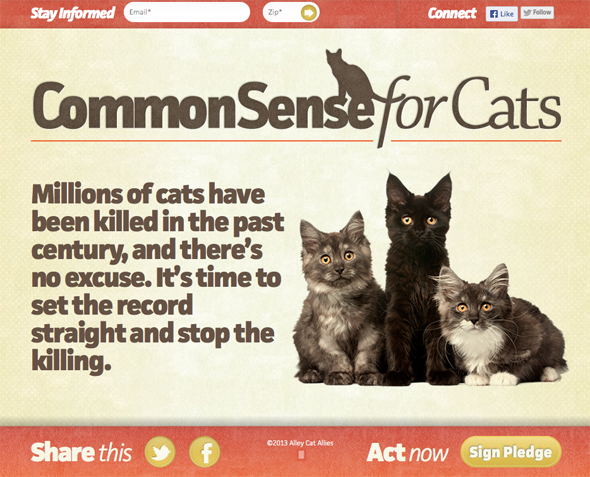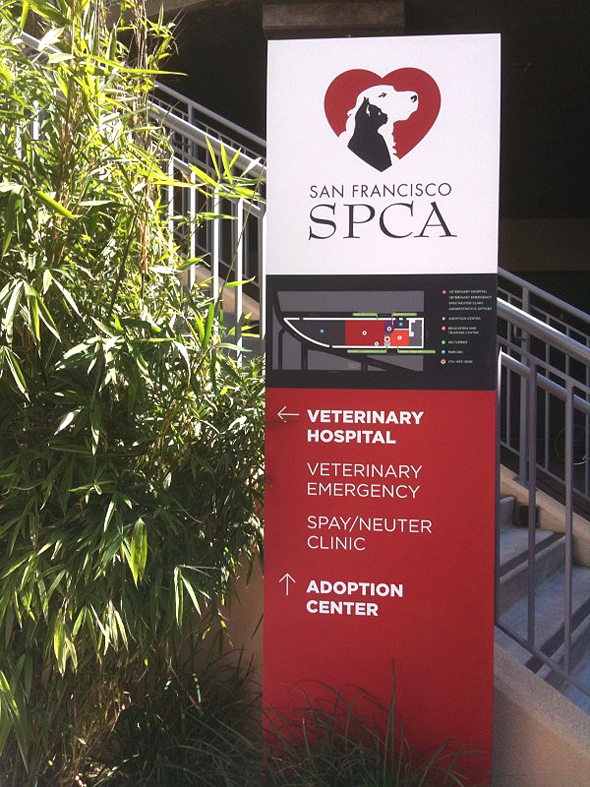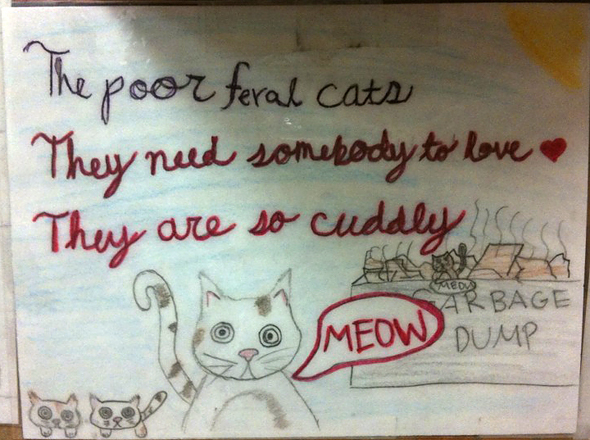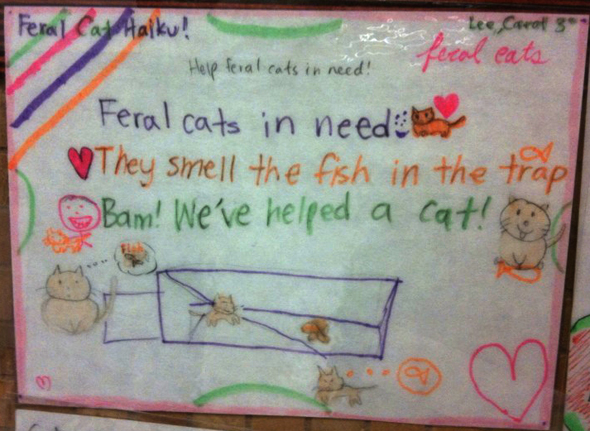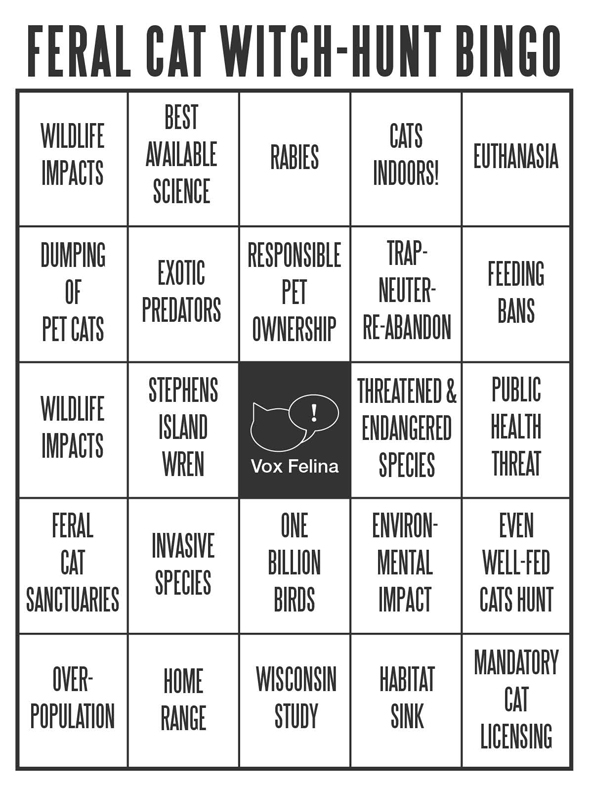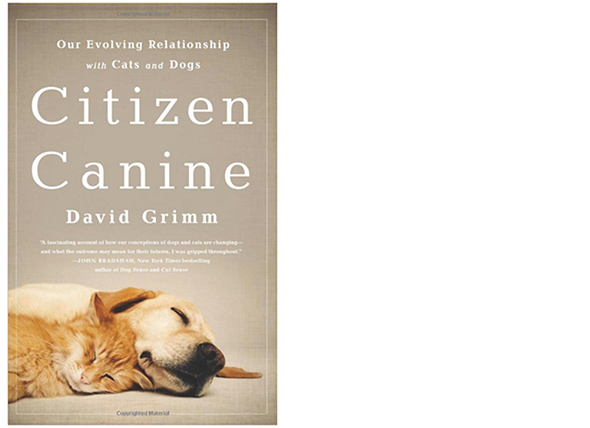
You know what they say about judging a book by its cover. Well, don’t be fooled by the title of Citizen Canine—as its subtitle indicates, this book is about “our evolving relationship” with both dogs and cats. Using a combination of rigorous research and on-the-ground reporting, author (and online news editor of Science) David Grimm traces the journey of cats and dogs from domestication (such as it is, in the case of cats) through beloved family pet and into the present-day movement toward personhood.
All of which makes for very compelling reading, even for those of us who work in animal welfare and are therefore familiar with most of the material. For other readers—and I hope there are many—Citizen Canine will likely be their introduction to contemporary hot-button animal welfare issues such as breed-discriminatory laws and TNR. And even the “insiders” among us might be surprised to learn, for example, of dogs with attorneys and the details of the Uniform Trust Code, which allows people (in some states) to include their pets (and perhaps their colony cats, too—I don’t know) in their wills.
Plenty of good stuff for all of us, in other words.
Unfortunately, it doesn’t look like David’s book tour will make it to Phoenix (and I missed him in L.A. last month!). I was, however, lucky enough to get a few minutes with him recently via e-mail, and asked him a few questions about his book. Read more

